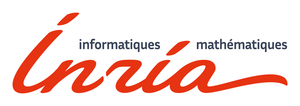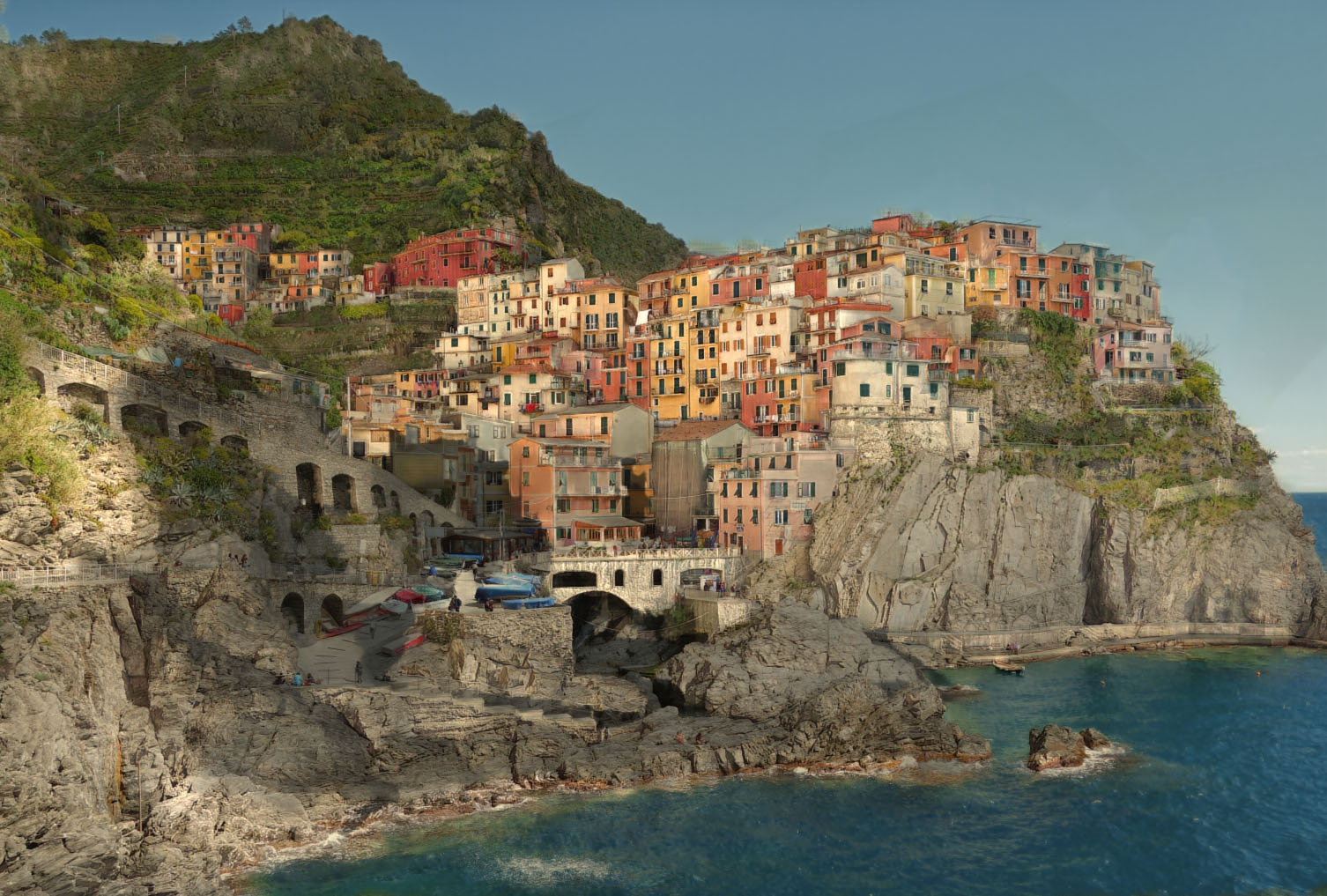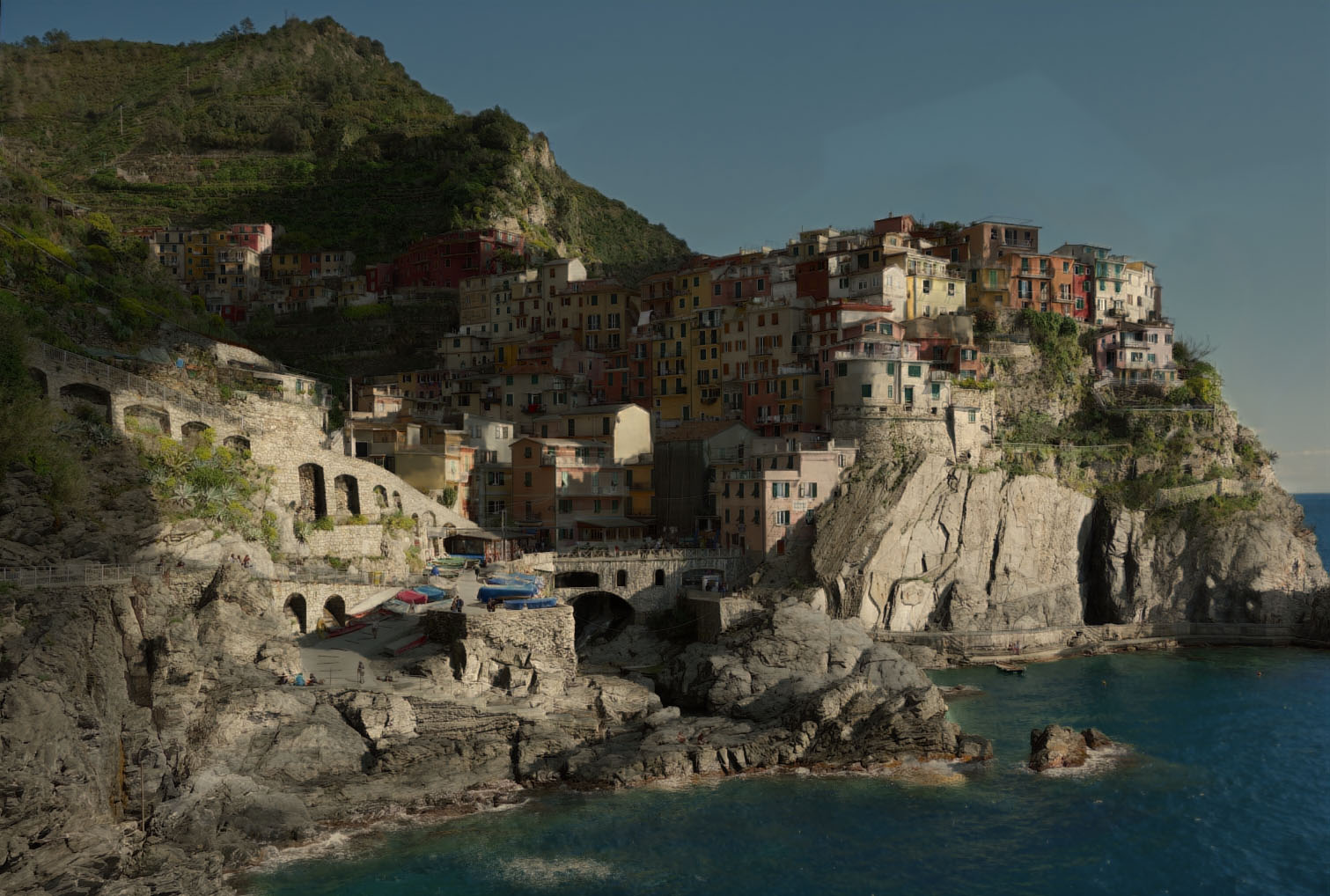PAPER
Code
The code is released as a SIBR framework project at: gitlab.inria.fr/sibr/projects/outdoor_relighting
Video
Abstract
We propose the first learning-based algorithm that can relight images in a plausible and controllable manner given multiple views of an outdoor scene. In particular, we introduce a geometry-aware neural network that utilizes multiple geometry cues (normal maps, specular direction, etc.) and source and target shadow masks computed from a noisy proxy geometry obtained by multi-view stereo. Our model is a three-stage pipeline: two subnetworks refine the source and target shadow masks, and a third performs the final relighting. Furthermore, we introduce a novel representation for the shadow masks, which we call RGB shadow images. They reproject the colors from all views into the shadowed pixels and enable our network to cope with inacuraccies in the proxy and the non-locality of the shadow casting interactions. Acquiring large-scale multi-view relighting datasets for real scenes is challenging, so we train our network on photorealistic synthetic data. At train time, we also compute a noisy stereo-based geometric proxy, this time from the synthetic renderings. This allows us to bridge the gap between the real and synthetic domains. Our model generalizes well to real scenes. It can alter the illumination of drone footage, image-based renderings, textured mesh reconstructions, and even internet photo collections.
Funding and Acknowledgements
Supplemental Materials and Results
Document
Supplemental : Multi-view Relighting Using a Geometry-Aware NetworkResults
 Chichen
Chichen Eilenroc
Eilenroc Monastere place
Monastere place Montalban
Montalban Ruins
Ruins Russian church
Russian church Saintfelix
Saintfelix Stonehenge
StonehengeAblations
 Eilenroc
Eilenroc Russian church
Russian churchTextured Meshes
 Textured Mesh Original
Textured Mesh Original Textured Mesh Relit 1
Textured Mesh Relit 1 Textured Mesh Relit 2
Textured Mesh Relit 2Test Scenes
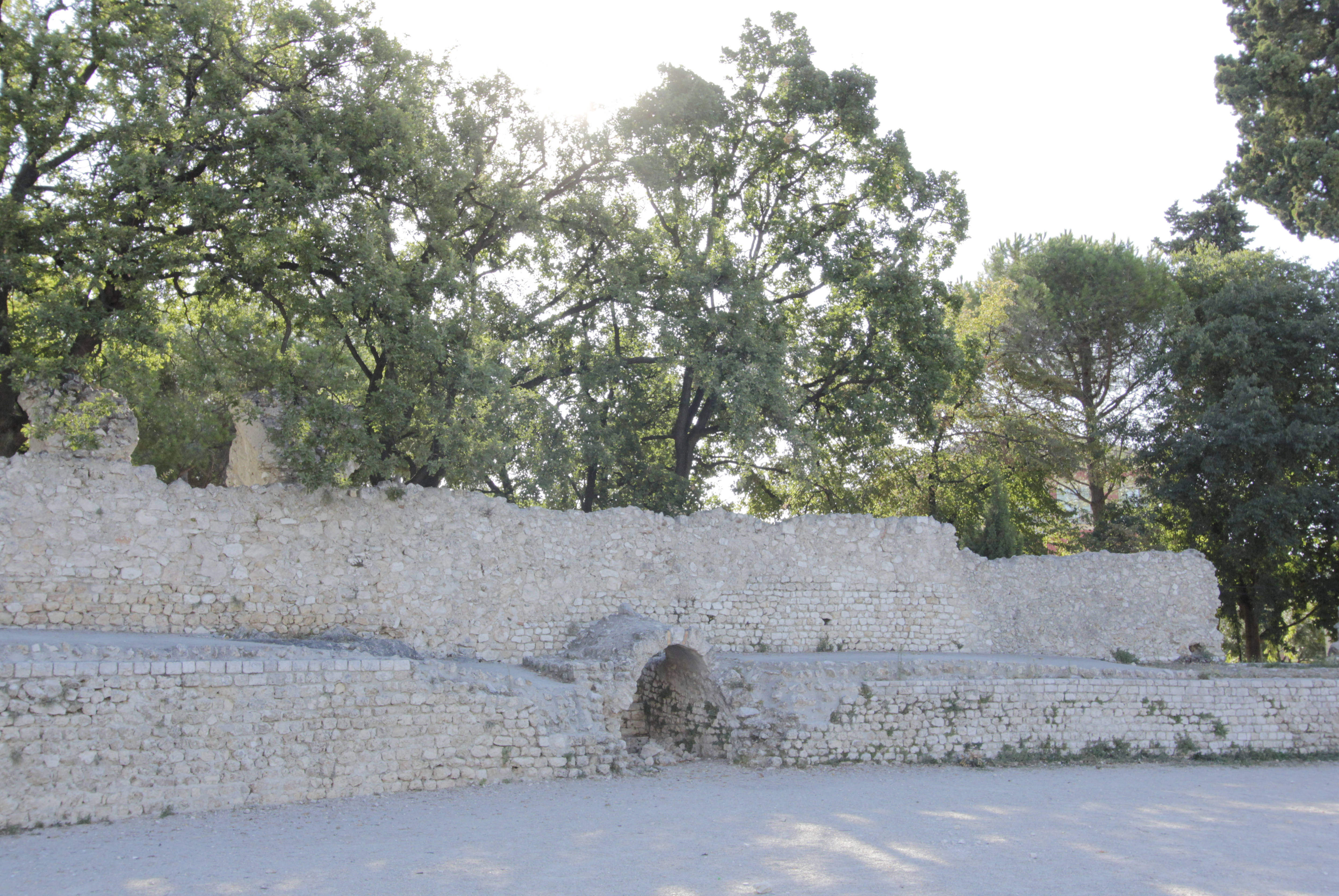 Arena
Arena Chichen
Chichen Eilenroc
Eilenroc Manarola
Manarola Monastere
Monastere Mont Alban
Mont Alban Ruins
Ruins Russian Church
Russian Church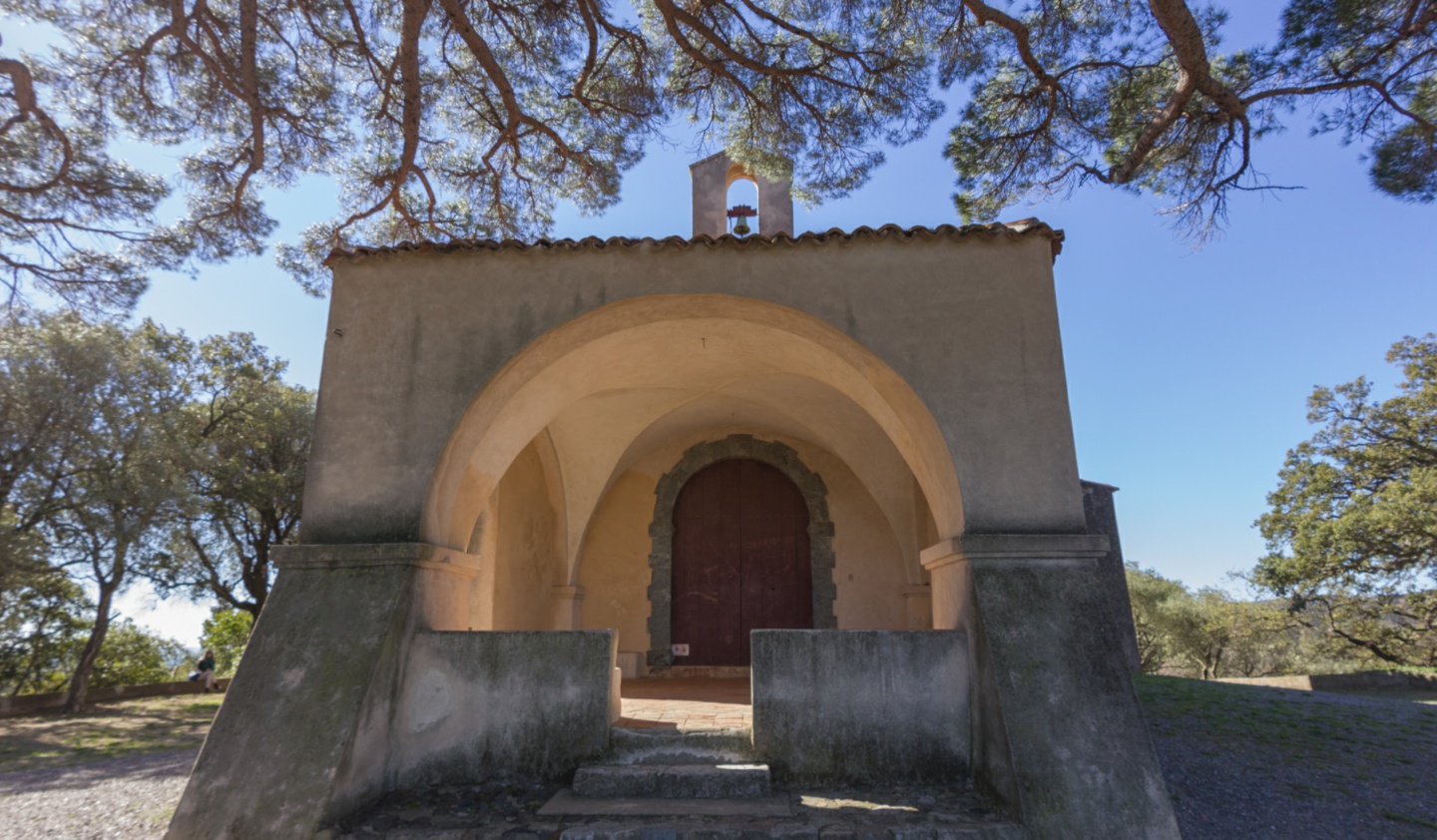 Saint Anne
Saint Anne Saint Felix
Saint Felix Stonehenge
Stonehenge